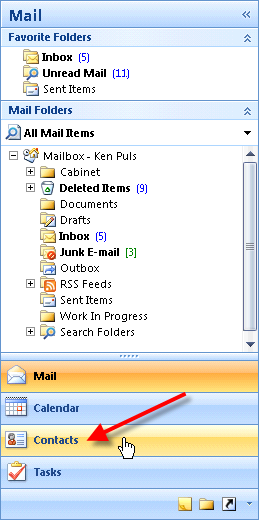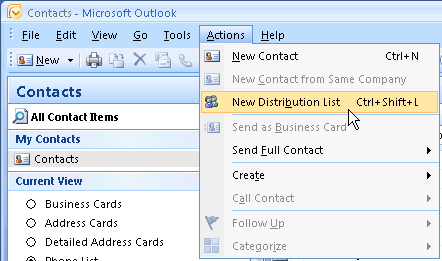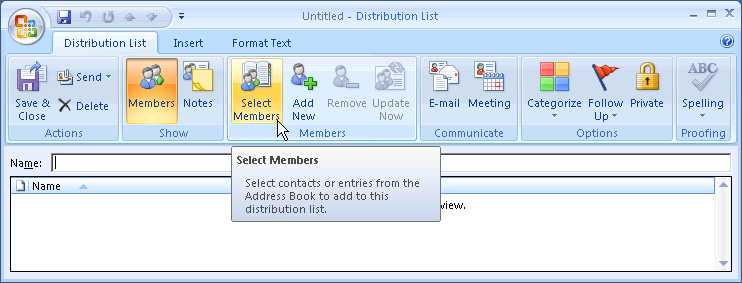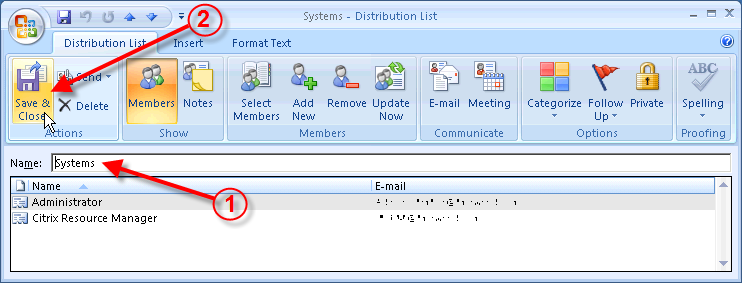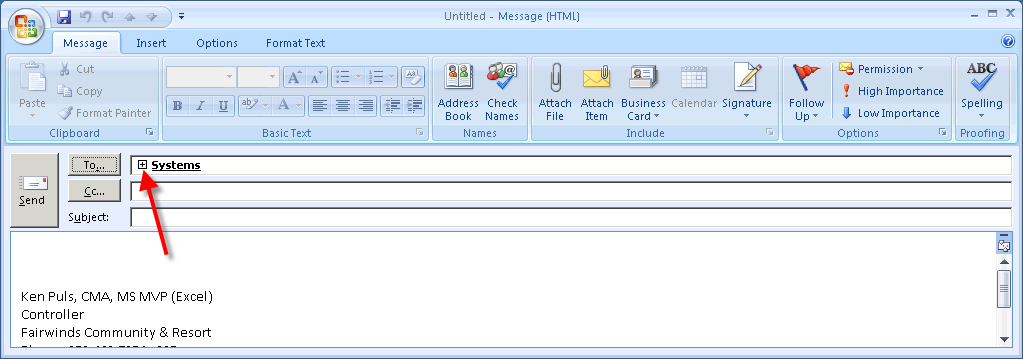
Linux is basically command based Operating System.Here I will put some basic Linux commands.
Calender
cal: Command to see calender for any specific month or a complete year
◮ cal [ [month] year]
$ cal april 2009
April 2009
Su Mo Tu We Th Fr Sa
1 2 3 4
5 6 7 8 9 10 11
12 13 14 15 16 17 18
19 20 21 22 23 24 25
26 27 28 29 30
date
◮ date: displays the current date
$ date
Tue Apr 21 21:33:49 IST 2009
kuteer$ date +"%D %H:%M:%S"
04/21/09 21:35:02
Options:
◮ d - The da of the month (1-31)
◮ y - The last two digits of the year
◮ H,M,S - Hour Minute and second respectively
◮ D - the date in mm/dd/yy
◮ For more information see man date
echo and printf
echo: Print message on the terminal
◮ usage: echo “<message>”
$ echo "Welcome to the workshop"
Welcome to the workshop
◮ printf: Print the formatted message on the terminal
◮ Syntax of printf is same as C language printf statement
◮ usage: printf “<formatted message”
$ printf "the amount is %d\n" 100
the amount is 100
Calculator
bc: A text based calculator
$ bc
2*10+20-9+4/2 [Input]
33 [Output]
[ctrl+d] [Quit]
◮ xcalc is graphical based calculator
passwd: Changing your password
passwd command allows you to change your password
kuteer:˜/workshop$ passwd
Changing password for srihari.
(current) UNIX password:
Enter new UNIX password:
Retype new UNIX password:
passwd: password updated successfully
WHO: Who are the users?
who command tells you the users currently logged on to
the system
kuteer:˜$ who
srihari pts/0 2009-04-15 11:58 (:10.129.41.3)
nithin pts/1 2009-04-15 16:09 (:10.129.20.5)
avadhut pts/2 2009-04-13 14:39 (:10.129.45.20)
anil pts/3 2009-04-13 16:32 (:10.129.23.45)
Changing the File attributes
chmod Changing the permissions of the file
kuteer:˜$ chmod o+x Testing.java
kuteer:˜$ ls -l Testing.java
-rw-r--r-x 1 srihari srihari 3570 2009-03-23 10:kuteer:˜$ chmod 655 Testing.java
kuteer:˜$ ls -l Testing.java
-rw-r-xr-x 1 srihari srihari 3570 2009-03-23 10:
Changing ownership
chown command is used for changing the ownership and
also group of the file
kuteer:˜$ chown guest Testing.java
kuteer:˜$ ls -l Testing.java
-rw-r-xr-x 1 geust srihari 3570 2009-03-23 10:52
kuteer:˜$ chown guest:guest Testing.java
kuteer:˜$ ls -l Testing.java
-rw-r-xr-x 1 geust guest 3570 2009-03-23 10:52 Testing
File system commands
◮ Deleting Files - rm
◮ Copying and moving files - cp, mv
◮ Creating directories - mkdir
◮ Deleting Empty Directory - rmdir
$ rm Testing.java
//deletes the file Testing.java
$ cp Testing.java Copy.java
//creates the copy of Testing.java
$ mv Testing.java Test.java
//renames the file Testing.java to Test.java
$ mkdir newDir
//Creates directory newDir
$ rmdir newDir
//deletes directory newDir newDir should be empty
cat : Concatenate Files
◮ cat command is used to display the contents of a small file
on terminal
◮ usage: cat <file name>
$ cat sample3.txt
Unix (officially trademarked as UNIX, sometimes
......
◮ cat when supplied with more than one file will concatenate
the files without any header information
$ cat sample3.txt sample4.txt
/*contents of sameple3.txt*/
/*Followed by contents of sample4.txt without any
tac : concatenate files in reverse
tac command is used to display the contents of a small file
in reverse order on terminal
◮ usage: tac <file name>
$ tac sample3.txt
/*displays sample3.txt in reverse order*/
◮ tac when supplied with more than one file will concatenate
the reverse contents of files without any header information
$ tac sample3.txt sample4.txt
/*print sample3.txt in reverse order*/
/*print sample4.txt in reverse order without any
more, less : paging output
◮ more and less commands are used to view large files one
page at a time
◮ usage: more <file name>
◮ usage: less <file name>
$ more sample1.txt
/*sample1.txt will be displayed one page
at a time */
$ less sample1.txt
/*sample1.txt will be displayed one page
at a time */
◮ less is the standard pager for linux and in general less is
more powerful than more
wc : statistic of file
◮ wc command is used to count lines, words and characters,
depending on the option used.
◮ usage: wc [options] [file name]
$ wc sample1.txt
65 2776 17333 sample1.txt
◮ Which means sample1.txt file has 65 lines, 2776 words,
and 17333 characters
◮ you can just print number of lines, number of words or
number of charcters by using following options:
◮ -l : Number of lines
◮ -w : Number of words
◮ -c : Number of characters
cmp: comparing two files
◮ cmp command is used to compare two files whether they
are identical or not
◮ usage: cmp <file1> <file2>
◮ The two files are compared byte by byte and the location of
the first mismatch is printed on the screen
◮ If two files are identical, then it doesnot print anything on
the screen
$ cmp sample1.txt sample2.txt
sample1.txt sample2.txt differ: byte 1, line 1
$ cmp sample1.txt sample1_copy.txt
$ /*No output prompt returns back*/
comm : what is common?
◮ comm command displays what is common between both
the files
◮ usage: comm <file1> <file2>
◮ The input files to comm command should be sorted
alphabetically
$ comm sample5.txt sample6.txt
anil
barun
dasgupta
lalit
shukla
singhvi
sumit
gzip and gunzip
◮ gzip command is used to compress the file, and gunzip is
used to de-compress it.
◮ usage: gzip <file name>
◮ It provides the extension .gz and removes the original file
$ wc sample_copy.txt
65 2776 17333 sample_copy.txt
$ gzip sample_copy.txt
$ wc sample_copy.txt.gz
26 155 7095 sample_copy.txt.gz
◮ The compression ratio depends on the type, size and
nature of the file
◮ usage: gunzip <file name with.gz>
$ gunzip sample_copy.txt.gz
$ /*do ls and you can see the original file*/
◮ If you want to compress the directory contents recursively,
use -r option with gzip command and unzip it use the
same option with gunzip command
tar : The archival program
◮ tar command is used to create archive that contains a
group or file or entire directory structure.
◮ It is generally used for back ups.
◮ usage: tar [options] <output file.tar> <file1 or dir> . . .
◮ The following are the options:
◮ -c Create an archive
◮ -x Extract files from archive
◮ -t Display files in archive
◮ -f arch Name the archive arch
$ tar -cvf compression.tar compression
compression/ //v for verbose
compression/temp/
compression/temp/sample2.txt
compression/sample1.txt
zip and unzip: compressing and archiving
◮ zip command can be used for archiving as well as
compressing the contents of the directory or the file
◮ usage: zip [options] output.zip <files to be zipped or
directory>
$ zip sample1.zip sample1.txt
//will create sample1.zip file
◮ Use -r option to recursively zip the contents of the directory
$ zip -r compression.zip compression
// will create compression.zip file
◮ To un-compress the file use unzip command
$ unzip compression.zip
// will uncompress the compression.zip file
Filters
◮ Filters are commands which accept data from standard
input, manupulate it and write the results to standard
output
◮ head command displays the top of the file, when used
without any option it will display first 10 lines of the file
$ head sample1.txt
/*display first 10 lines*/
◮ Similarly tail command displays the end of the file. By
default it will display last 10 lines of the file
$ tail sample1.txt
/*display last 10 lines*/
◮ tail or head with -n followed by a number will display that
many number of lines from last and from first respectively
$ head -n 20 sample1.txt
/* will display first 20 lines*/
$ tail -n 15 sample1.txt
/* will display last 15 lines */
cut : cutting columns
◮ cut command can be used to cut the columns from a file
with -c option
◮ usage: cut -c [numbers delemited by comma or range]
<file name>
$ cut -c 1,2,3-5 students.txt
1 ani
2 das
3 shu
4 sin
cut : cutting fields
◮ With -f option you can cut the feilds delemited by some
character
$ cut -d" " -f1,4 students.txt
1 Mtech
2 Btech
3 Mtech
◮ -d option is used to specify the delimiter and -f option used
to specify the feild number
paste : pasting side by side
◮ paste command will paste the contents of the file side by
side
$ paste cutlist1.txt cutlist2.txt
1 Mtech 1 anil H1
2 Btech 2 dasgupta H4
3 Mtech 3 shukla H7
4 Mtech 4 singhvi H12
5 Btech 5 sumit H13
sort : ordering a file
◮ sort re-orders lines in ASCII collating sequenceswhitespaces
first, then numerals, uppercase and finally
lowercase
◮ you can sort the file based on a field by using -t and -k
option.
$ sort -t" " -k 2 students.txt
/* sorts the file based on the second field
using the delimiter as space*/
grep : searching for a pattern
◮ grep scans its input for a pattern, and can display the
selected pattern, the line numbers or the filename where
the pattern occurs.
◮ usage: grep options pattern filename(s)
















